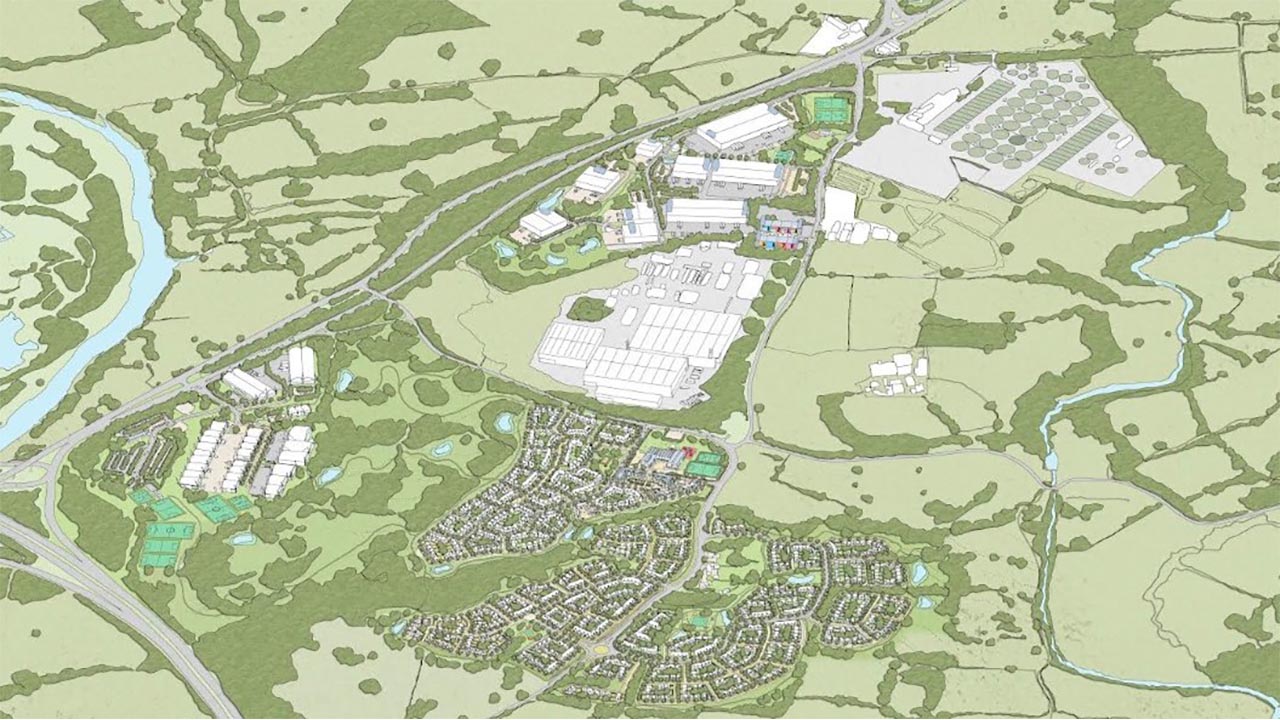Siemens Digital Industries (Siemens DI) has helped Kemira, a global chemical manufacturer, achieve record breaking productivity levels at its Bradford plant.
By deploying an integrated solution, Siemens DI enabled Kemira to optimise how it makes its polyacrylamide products, which are used for the cleaning of municipal and industrial wastewater.
At the plant Kemira produces a range of polyacrylamide products. Polyacrylamides are powdered solid products that act as flocculating agents, binding with impurities and small particles to speed up the separation of solids and liquids in a multitude of industrial processes. Acrylamide is the essential raw material in the polymerisation process via which polyacrylamides are manufactured.
The biggest challenge the company had was that for many years the acrylamide was sourced from a Kemira plant in The Netherlands, with up to ten tanker loads per day making the journey across the North Sea to Bradford. To improve the use of resources and minimise waste the company set out to bring the manufacture of acrylamide on site.
Using Siemens’ technologies including the SIMATIC PCS 7 platform and digital instrumentation portfolio, Kemira is now producing the acrylamide on site and is also able to capture and analyse data to drive significant improvements in the efficiency of the process – achieving a near 50% increase in peak production rate.
The Siemens solution has allowed the Yorkshire factory to achieve its goal of becoming self-sufficient in the production of acrylamide rather than importing around 1,600 tankers from its sister plant in the Netherlands each year.
With a safe and efficient plant, Kemira is now using the data generated from the process to optimise the manufacturing process and further reducing batch cycle times achieving new weekly and monthly site production records, and the process runs at a lower temperature, which cuts energy consumption.
Currently running with three reactors the site has a designated space for future expansion within the new plant, with the potential to add a fourth reactor and additional processing equipment.
The chiller plant has also been designed with one eye on potential future demand and the scalable design of the control system means that any new instrumentation can quickly and easily be incorporated.
Steve Leech, Business Manager Process Control Systems, Siemens Great Britain & Ireland, said: “The successful deployment has enabled Kemira to take their first steps on their digitalisation journey.
“In the chemical sector, this is a significant move forward and sets them up to meet the challenges of the sector in areas such as flexibility, productivity, time to market and quality.”
Siemens’ solutions also supported Kemira’s responsibilities to optimise safety at the plant as the expansion resulted in a change in classification of the site from being Control of Major Accident Hazards Regulations (COMAH) lower tier to upper tier.
“Safety is paramount for any chemical manufacturing facility and the process control system plays a critical role in ensuring safe operation. The Safety Matrix solution for Process Safety provides the operators with clear visualisation of any safety related incidents or messages and allows appropriate action to be taken in an efficient and controlled manner. This is particularly true in the Control of Major Accident Hazards Regulations (COMAH) site to which Kemira’s Bradford site was raised whilst we were engaged in the project.”
Collaborative approach and technical excellence
A collaborative approach is key to a successful outcome. Together with the customer, the team identified three focus areas for this project: the use of standard functionality to aid in operations, an integrated solution based on the Distributed Control System (DCS) platform and digital, networked instrumentation to create the foundation and opportunity for future use of operation data in cloud based solutions.
The first covered full automation as the end goal. Easy operability is realised with the out of the box, standard Advanced Process Library (APL) and Industry Library (IL) functionality, that is at the core of the SIMATIC PCS 7 Process Safety functionality and visualisation is provided in the form of a cause and effects-based approach using SIMATIC Safety Matrix. Ultimately, a modular approach to hardware infrastructure based on the AS410 controller and the Intrinsically Safe Active Field Device (AFDiSD) Profibus PA solution, ensures that the process can easily be expanded as production requires.
The second area focused on the integrated solution achieved using the DCS platform (SIMATIC PCS 7), SIMATIC Maintenance Station, SITRANS and SIPART digital instruments. The use of Profibus PA based digital instruments and intelligent hazardous area distribution boxes gave the network a more robust structure. While this network layout reduced overall installation costs, it also enabled connectivity to the advanced diagnostics that are available within digital instruments – an area that is often neglected but is of great operational value to the end user.
And finally, the third area concentrated on the use of digital instrumentation and network-based connectivity to provide the foundation and the opportunity to develop transparent, data driven operational processes within the facility. Whilst the data is already being used to identify challenges, schedule maintenance tasks and impact on the process cycle time, there is also future opportunity for its use. The increased take up and acceptance of cloud-based solutions within the Chemical sector, that takes data and augments it against operations creates information that is actionable and impactful to operations. Example of this includes moving to operation driven maintenance regimes. It is based on the true usage of the smart instruments and compliance to the alarm management operational guidelines using event analytics approaches, ensuring that operators only have sight of what they need to see.
Leech concluded, “Our solutions are not one-size fits all, and we work with clients in the process industry in a collaborative manner, to create ideal platforms for streamlining methodologies in their plants and factories. Data creates an opportunity to do things differently. With an integrated solution, based on networked digital instruments, the foundation is set for taking advantage of this opportunity and driving the digital evolution within the Chemical sector.”









